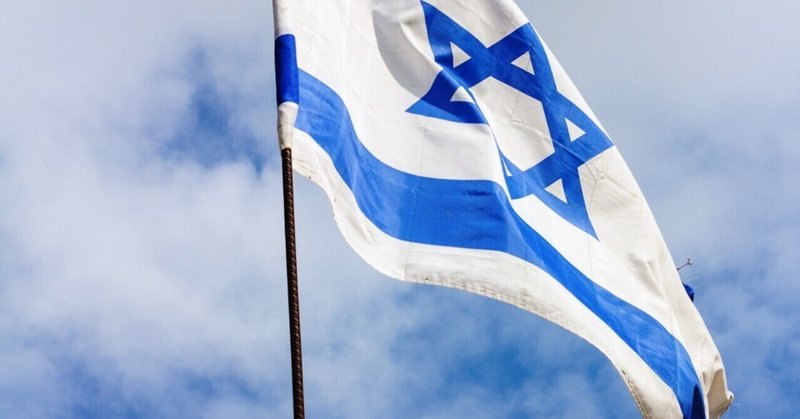
世界最古の食事
World's Oldest Meal
世界最古の食事
by Frank Sherwin, D.Sc. (Hon.) | Jan. 23, 2023
The Ediacara biota is a sporadic faunal (animal) stage containing unique soft-bodied fossil creatures in sandstone from the Ediacaran System dating “635-541 million years ago” according to evolution theory. The Ediacaran layer is found at the bottom of the geologic column—just below the Cambrian—and contains creatures that creationists would expect: algae and soft-bodied invertebrates. In other words, ocean bottom-dwelling creatures were the first to be buried during the Flood about 4,500 years ago.
進化論によれば、エディアカラ生物群は「6億3500万年~5億4100万年前」のエディアカラ系の砂岩中にユニークな軟体動物の化石を含む、散発的な動物群(動物)段階であるとされています。エディアカラ層は、カンブリア紀のすぐ下の地質柱状図にあり、藻類や軟体無脊椎動物など、創造論者が予想するような生物が含まれています。つまり、約4,500年前の大洪水で最初に埋没したのは、海底に住む生物だったのです。
No surprisingly, “little is known about the phylogeny [evolutionary history] of the Ediacaran organisms.”1
驚くことではありませんが、「エディアカラン生物群の系統発生(進化の歴史)については、ほとんどわかっていません」。
Recently, scientists have analyzed the contents of the last meal of some of these Ediacara animals. They found the creatures selectively ate algae and bacteria from the ocean floor. The fossils contained “preserved phytosterol molecules—natural chemical products found in plants—that remained from the animals' last meal.”2 Phytosterols are biomolecules similar to cholesterol. They are part of the structural components of plasma membranes of plants. Like soft dinosaur tissue, these organic (carbon-based) molecules should not exist in half-billion year-old sediments (compared to dinosaur bone cells and collagen that are “only” millions of years old).3
最近、科学者によって、これらのエディアカラ生物群の最後の食事の成分が分析されました。その結果、これらの生物は海底の藻類や細菌を選択的に食べていることがわかったのです。化石には、植物に含まれる天然の化学物質であるフィトステロール分子が保存されており、生物が最後に食べたものに残っていました。植物ステロールはコレステロールに似た生体分子で、植物の細胞膜の構造成分の一部です。恐竜の軟組織と同様、これらの有機(炭素系)分子は5億年前の堆積物には存在しないはずです(恐竜の骨細胞やコラーゲンは数百万年しか経っていません)。
Evolutionist Dr. Ilya Bobrovskiy at the Australian National University (ANU) attempted to connect these bizarre Ediacarian creatures with humans:
オーストラリア国立大学(ANU)の進化論者Ilya Bobrovskiy博士は、この奇妙なエディアカリアンという生物群を人類と結び付けようとしたのです:
"Ediacara biota really are the oldest fossils large enough to be visible with your naked eyes, and they are the origin of us and all animals that exist today. These creatures are our deepest visible roots..."2
「エディアカラ生物群は、肉眼で見えるほど大きな最古の化石であり、私たちや今日存在するすべての生物の起源です。これらの生物は、目に見える私たちの最も深いルーツなのです...」。
This is, of course, a silly statement, overtly religious and based wholly on a naturalistic assumption: the supernatural does not exist, and since it doesn’t, these creatures have to be one of our ancestors, no matter how counterintuitive and strange.
これは勿論ばかげた発言であり、あからさまに宗教的で、完全に自然主義的な仮定に基づいた話しです。超自然的なものは存在しません。存在しないのであれば、これらの生物は、どれほど直観に反して奇妙であっても、私たちの祖先の 1 つである根拠を示す必要があります。
To make their case, the researchers point to some common physiological processes these animals had that were similar to present-day creatures. But this is hardly surprising. Ediacara biota had to take in food (carbohydrates, proteins, and fats) that would be broken down and processed to produce energy and protein for cellular structures, just like humans and animals do today. This is not evidence for an evolutionary connection between Ediacara biota and people. Both have to eat and were designed with similar digestive functions.
研究者たちは、これらの生物が現代の生物に共通する生理的プロセスをいくつか挙げて、その根拠としています。しかし、これはほとんど驚くべきことではありません。エディアカラ生物群は、現在の人間や動物と同じように、細胞構造のためのエネルギーとタンパク質を生産するために分解・処理される食物(炭水化物、タンパク質、脂肪)を摂取する必要がありました。これは、エディアカラ生物群と人間が進化的につながっていることを示す証拠にはなりません。どちらも食べる必要があり、似たような消化機能を持つように設計されているのです。
. An Ediacaran creature called Kimberella, a small, slug-like organism, was selective in its eating: "Kimberella knew exactly which sterols were good for it and had an advanced fine-tuned gut to filter out all the rest.”2 So, these organisms at the base of the geologic column were already extremely intricate and designed with the ability to select food sources. They were suddenly buried and are preserved as remarkable fossils (such as the ones displayed at the Arkhangelsk Regional Museum in Russia), and still contain complex, original organic compounds. Indeed, the burial was so rapid and catastrophic that many of the creature’s internal anatomy, external form, feeding style, and locomotion can be determined.4
エディアカラ紀の生物、キンベレラはナメクジに似た小さな生物で、食べるものを選んでいました。「キンベレラは、どのステロールが自分にとって良いものかを正確に知っており、高度に微調整された腸でそれ以外のものをすべてろ過していたのです」。
つまり、地質柱状図の基部にいたこれらの生物は、すでに極めて複雑に設計され、食料源を選択する能力を持っていたのです。突然埋もれてしまったため、ロシアのアルハンゲリスク地方博物館に展示されているような注目すべき化石として保存され、複雑でオリジナルな有機化合物を今も含んでいるのです。
実際、埋没は非常に急速かつ壊滅的であったため、この生物の内部解剖、外形、摂食様式、運動量などの多くを決定することができます。
The strange and wonderful Ediacara biota were part of God’s creation about 6,000 years ago. They were designed to move in and fill the aquatic ecosystem and were the first to be buried during the Flood. They, along with many other creatures of the ocean, evidently did not survive the global cataclysm.
エディアカラの奇妙で素晴らしい生物群は、約6000年前に神が創造した一部です。それらは水生生態系に移動して満たすように設計されており、大洪水の際に最初に埋められたのです。彼らは、他の多くの海洋生物とともに、地球規模の大異変を生き延びることができなかったのです。
ICR
https://www.icr.org/articles/type/9
この記事が気に入ったらサポートをしてみませんか?
